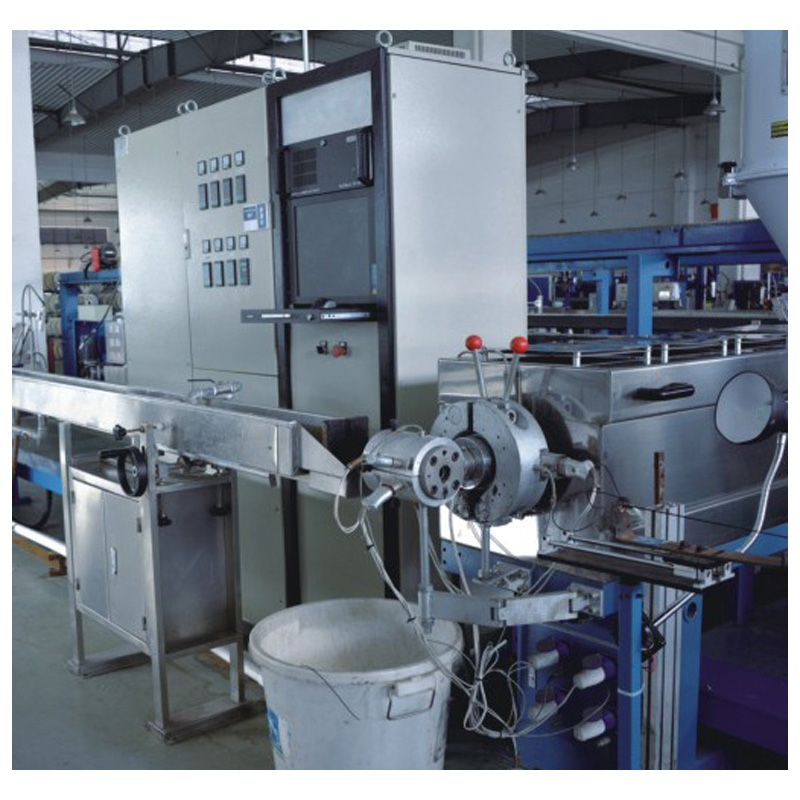As a manufacturer of high-quality braiding machines, we often get inquiries regarding the types of wires that our 35-wire braiding machines can handle. A braiding machine like the 35-wire model is designed to weave or braid multiple strands of wire or fibers into a strong, durable structure, commonly used in industries such as electrical, automotive, aerospace, and construction. In this article, we¨ll dive into the different types of wires that can be processed by a 35-wire braiding machine and how they are applied in various industries.Sufficient data show that best plastic extruder manufacturer It can drive many people to find jobs, thus driving economic development. https://hengyimach.com/
Types of Wires a 35-Wire Braiding Machine Can Handle
Copper WiresCopper is one of the most commonly used materials in wire braiding due to its excellent conductivity, flexibility, and corrosion resistance. A 35-wire braiding machine can handle copper wires of varying diameters, making it ideal for producing braided copper shielding for electrical cables, used extensively in telecommunication and power distribution.
Stainless Steel WiresStainless steel wire is known for its strength and resistance to corrosion, making it a perfect choice for applications that require durability in harsh environments. A 35-wire braiding machine can easily handle fine and thick stainless steel wires, often used for braiding in industrial hoses, cable protection, and even aerospace components where reliability is crucial.
Tinned Copper WiresTinned copper wire is coated with a layer of tin, which enhances its corrosion resistance while retaining the flexibility and conductivity of regular copper wire. This type of wire is typically used in applications that demand high durability and long-lasting performance, such as marine cables and outdoor electrical systems. The 35-wire braiding machine is perfect for braiding tinned copper into high-performance shielding and grounding wires.
Aluminum WiresAluminum is lighter than copper and stainless steel, but it still provides good conductivity, making it ideal for applications where weight is a concern. Braiding aluminum wire with a 35-wire machine is common in the automotive and aerospace industries, where weight reduction can significantly improve efficiency and performance.
Plastic-Coated WiresIn some applications, wires need additional insulation, and plastic-coated wires meet this need. These wires are coated with materials such as PVC, Teflon, or other plastics to enhance durability and protect against environmental factors. The 35-wire braiding machine is capable of braiding these wires without damaging the protective coating, ensuring that the wires remain insulated even after the braiding process.
Fiberglass and Kevlar WiresFor extreme heat-resistant or high-strength applications, fiberglass and Kevlar braiding are commonly used. These materials offer exceptional resistance to heat and mechanical stress, making them suitable for braided sleeving in high-temperature environments like power plants or military applications. A 35-wire braiding machine can be adjusted to handle non-metallic fibers such as fiberglass and Kevlar for specialized applications.
Hybrid Wire CombinationsA 35-wire braiding machine can also handle hybrid combinations of wires, such as braiding copper with stainless steel or combining metal wires with non-metallic fibers like Kevlar. These hybrid braids offer a mix of strength, conductivity, and flexibility for highly specialized applications, such as in advanced robotics or complex wiring harnesses.